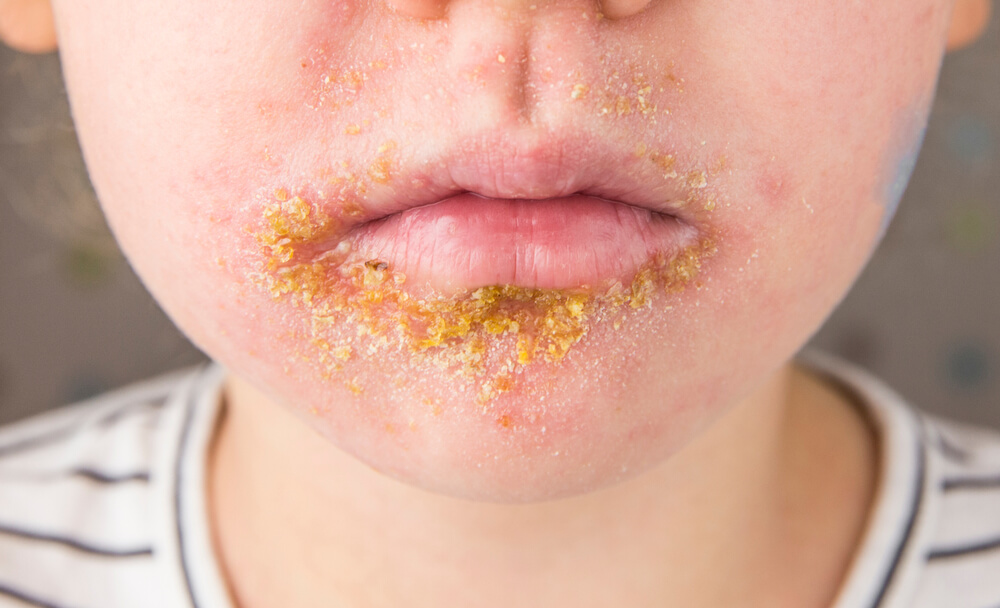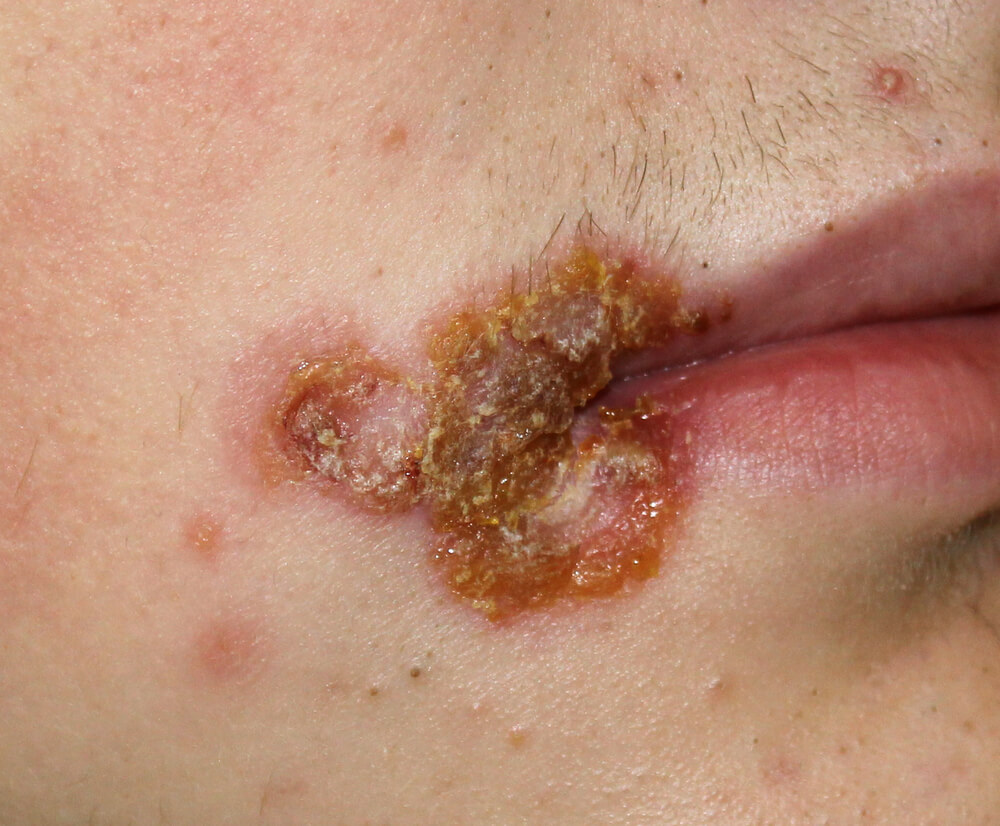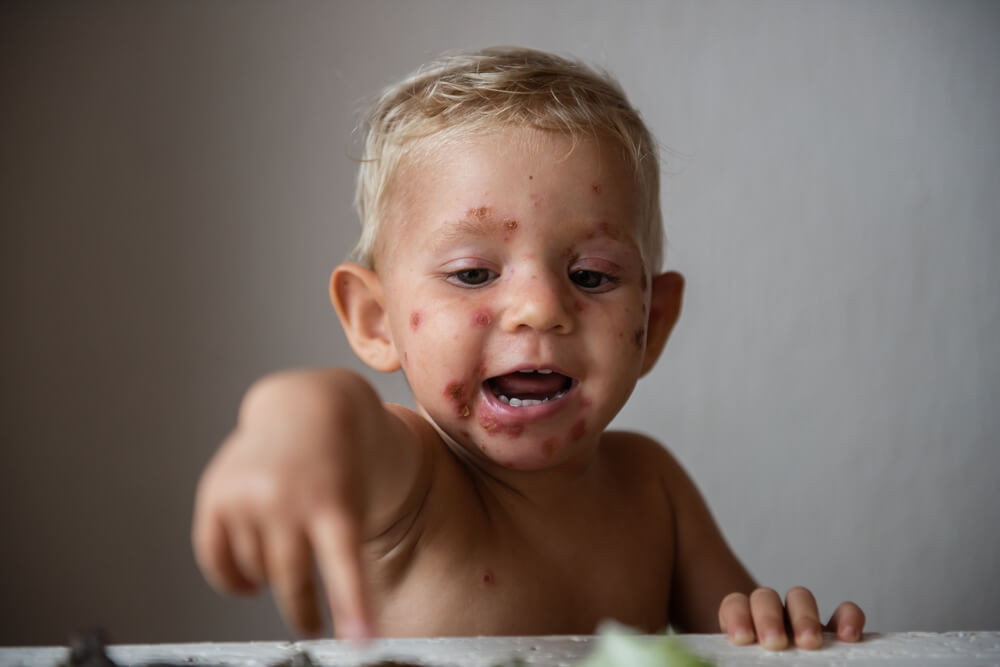When it comes to pediatric care in Miami, Florida, one common concern that often surfaces in children is impetigo. This skin infection, though not severe, can cause discomfort and requires proper management. Impetigo primarily affects children and is a condition that many parents in sunny Miami encounter. The journey of understanding and managing this condition begins with grasping the basics of what impetigo is and how it manifests in young ones.
What Is Impetigo? Unraveling the Basics

Impetigo is a bacterial skin infection that is highly contagious and commonly affects children between the ages of 2 and 5. This condition is caused by one of two types of bacteria: Staphylococcus aureus or Streptococcus pyogenes. Understanding what impetigo is helps in identifying its symptoms and seeking appropriate treatment.
The Tell-Tale Signs: Recognizing Impetigo Symptoms
Early detection of impetigo symptoms can lead to quicker and more effective treatment. Impetigo in children typically presents as red sores or blisters around the nose and mouth, which eventually burst and leave crusty, golden-brown patches. These impetigo symptoms are not only distinctive but also the primary indicator that a child might be affected.
Transmission and Prevention: Keeping Impetigo at Bay
Impetigo in children spreads through close contact or by sharing items like towels and toys. The bacteria can enter the skin through minor cuts, insect bites, or even an existing rash. Prevention revolves around good hygiene practices such as regular hand washing, not sharing personal items, and keeping children’s nails short to prevent scratching and spreading the infection.
Seeking Professional Help: When to Consult a Doctor
Consulting a healthcare professional is crucial when impetigo symptoms persist or if the infection spreads rapidly. A physician can accurately diagnose impetigo in children by examining the sores and may recommend a lab test if necessary. Timely medical advice is essential in treating impetigo effectively.
Impetigo Treatments: Combating the Infection
Impetigo treatments usually involve antibiotic creams or ointments to be applied directly to the sores. In more severe cases, oral antibiotics might be prescribed. It’s important for parents to adhere to the full course of impetigo treatments to ensure the infection is completely eradicated and to prevent resistance to antibiotics.
Home Care Strategies: Supporting Impetigo Treatments
In conjunction with impetigo treatments prescribed by healthcare professionals, certain home care strategies can be beneficial. These include gently washing the infected areas with soap and water, removing crusts to aid healing, and keeping the child’s nails trimmed to prevent them from scratching the sores.
Nutrition and Immunity: Boosting the Body’s Defense Against Impetigo
A healthy diet rich in vitamins and minerals can bolster a child’s immune system, aiding in the fight against infections like impetigo. Ensuring children eat a balanced diet with plenty of fruits, vegetables, and whole grains supports their overall health and resilience against impetigo in children.
Educating and Communicating: A Collective Effort
Education about what impetigo is and how it spreads is essential in schools and daycare centers. Open communication between parents, teachers, and caregivers helps in identifying and managing impetigo symptoms promptly, preventing its spread among other children.
The Psychological Aspect: Addressing Stigma and Anxiety
Children with impetigo may face stigma or feel self-conscious about their appearance. It’s important for parents and caregivers to address these emotional aspects sensitively. Reassuring children and educating peers about the nature of the infection can alleviate unnecessary anxiety and promote a supportive environment.
A Community Approach: Public Health Perspectives
Public health measures, such as awareness campaigns about impetigo in children, can play a significant role in controlling its spread. These campaigns can educate communities about impetigo symptoms, effective impetigo treatments, and preventive strategies, fostering a more informed and health-conscious society.
Understanding the Role of Climate in Impetigo Incidence
The climate, especially in warmer regions like Miami, Florida, can influence the incidence of impetigo. High humidity and warm temperatures provide an ideal environment for the bacteria causing impetigo to thrive. This is particularly relevant during Miami’s summer months when impetigo in children sees a noticeable uptick. Parents should be extra vigilant during these times, ensuring that children’s skin is kept clean and dry to minimize the risk of infection.
The Antibiotic Resistance Challenge in Treating Impetigo
A growing concern in treating impetigo is antibiotic resistance. Overuse and misuse of antibiotics have led to some strains of bacteria becoming resistant, making impetigo treatments less effective. This underlines the importance of using antibiotics as prescribed by healthcare professionals and not resorting to them for mild cases of impetigo that might resolve with proper hygiene and topical treatments.
Alternative and Complementary Therapies in Managing Impetigo
In addition to conventional impetigo treatments, some parents seek alternative or complementary therapies. These can include herbal remedies or homeopathic treatments. While there is limited scientific evidence supporting these methods for treating impetigo, some parents find them helpful as supplementary measures. However, it’s crucial to discuss these options with a healthcare professional to ensure they do not interfere with standard treatments.
The Role of Vaccination in Preventing Bacterial Infections
While there is no specific vaccine for impetigo, keeping up with children’s vaccinations can indirectly help. Some vaccines, like the one for Streptococcus pneumoniae, can reduce the risk of infections that could potentially lead to or exacerbate impetigo. Maintaining an up-to-date vaccination schedule forms a critical part of holistic pediatric care.
Impetigo and School Policies: Balancing Inclusion and Prevention
Schools and daycare centers face the challenge of balancing inclusivity with the need to prevent the spread of impetigo. Policies often require children with impetigo to stay home until they are no longer contagious. However, it’s essential for these policies to be compassionate and for educational institutions to provide support to affected children, ensuring they do not fall behind academically.
Long-Term Skin Care Post-Impetigo
After successful treatment of impetigo, skin care should not be neglected. The skin where the impetigo sores were located may be sensitive. Moisturizing and protecting the skin from excessive sun exposure is important. Parents should also be vigilant for any signs of recurrence, as repeat infections are not uncommon.
Impetigo Research: What the Future Holds

Ongoing research into impetigo aims to develop better treatments and preventive strategies. This includes studying bacterial strains to understand resistance patterns and exploring novel therapeutic agents. Keeping abreast of such developments can offer hope for more effective management of impetigo in children in the future.
Conclusion: Navigating Impetigo with Expert Guidance
Tackling impetigo in children requires a combination of medical intervention, home care, and community awareness. With the right approach and knowledge about what impetigo is and how it can be managed, parents can effectively navigate this condition. In Miami, Florida, healthcare professionals like Doctor Ana are instrumental in providing the necessary guidance and support to families dealing with impetigo, ensuring the health and well-being of our youngest citizens.




